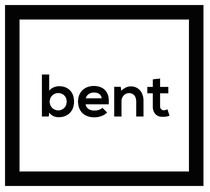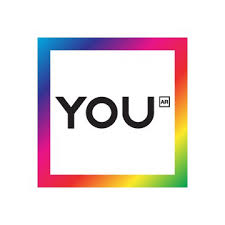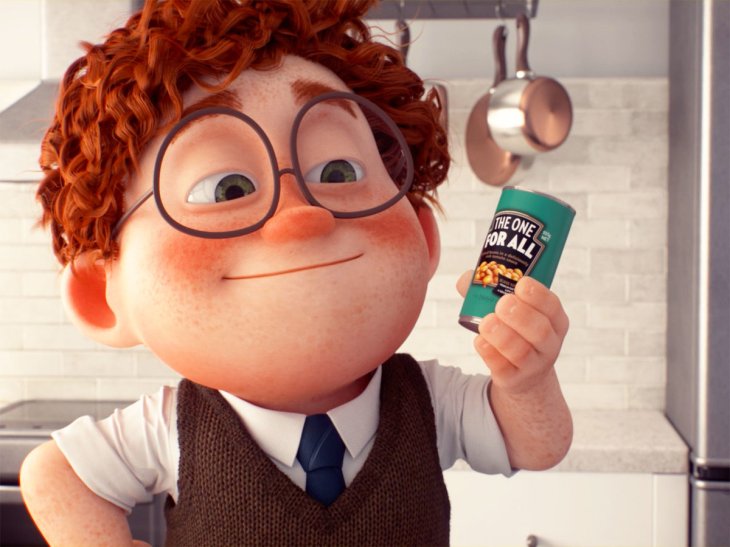 When does a veteran animation studio become a tech startup? When it’s Bent.
When does a veteran animation studio become a tech startup? When it’s Bent.
Bent Image Lab in Portland has always been a little unusual. Founders David Daniels, Chel White, and Ray DiCarlo were in the business of animation as a service, but were artists in their own right, and wanted Bent to be more than a business: they wanted to create work that inspires.
Over the years, that vision to express, inspire, and transform has led the company to take on a broad array of projects, branching out from their basis in television commercials to work in film, books and graphic novels, and even a 4D theme park attraction.
A few years ago, the company founded YouAR, a unique augmented reality platform. The technology currently has 7 patents pending in the US, Europe, and China, and will soon release their first SDK.
I have known the team at BENT for a while, and was curious about what drives seasoned veterans to start all over in a new industry, and why, if they were interested in working creatively in AR, they didn’t just use the tools that are out there, but decided to reinvent the platform itself.
So I recently caught up with Ray DiCarlo, to talk about this unexpected addition to Bent’s portfolio.
 Why did Bent start YouAR?
Why did Bent start YouAR?
Firstly, the business of being a service studio has changed since 2002 when the company was founded. Advertising budgets were slashed in 2008 (as everyone in the industry remembers all too well), and they aren’t ever going back. And Ray pointed out an interesting aspect of the recession that I hadn’t considered before: the loss of human capital. When companies laid off seasoned, experienced people and replaced them with new, cheaper ones, not only did the new people not know the business, but the relationships were lost. The long-standing exchanges of doing someone a favor sometimes, knowing that they will remember it and return it in the future, were an investment that couldn’t pay off with new staff, in a new climate. Some relationships were lost forever.
And BENT reacted to the recession the way a lot of studios did: expanded service offerings, produced original content, worked directly with clients and branched out of the agency model, but they were also creatively adventurous, wanting to explore something new.
Always on a creative journey, they became interested in augmented reality, in the new and unique experiences that the technology enabled. But David and Ray come from a grounding in art and film, and found the tools hopelessly inadequate for the kind of experiences that they wanted to create. They wanted AR that would work on any device, anywhere, and create realistic, immersive, shared experiences. The tools they wanted didn’t exist, so they decided to make them themselves. As Ray says, “We didn’t want to be a tech company. We wanted to inspire people, to do cool things, and none of the tools were up to our standard.”
It was a huge risk, and an even bigger risk to stay focused on the platform, rather than simply creating AR content. But they are guided by a mission that would allow everyone to create content, and allow everyone to experience it, as intended, on any device.
When I ask why, Ray shares something truly profound:
When money isn’t your main goal in life, you often do things that people don’t understand.
So the partners straddle the line: on the one hand, legends in an industry in which most people don’t last for long: on the other, unlikely newcomers looking for venture capital.
My lifelong fascination with animation stems from a fascination with not just what things are, but in how they change. And in this endeavor, the partners at BENT have undertaken a radical transformation. I am deeply intrigued by the work and the thought process behind it, and am already inspired, looking forward to what Bent and YouAR will achieve in the future.


